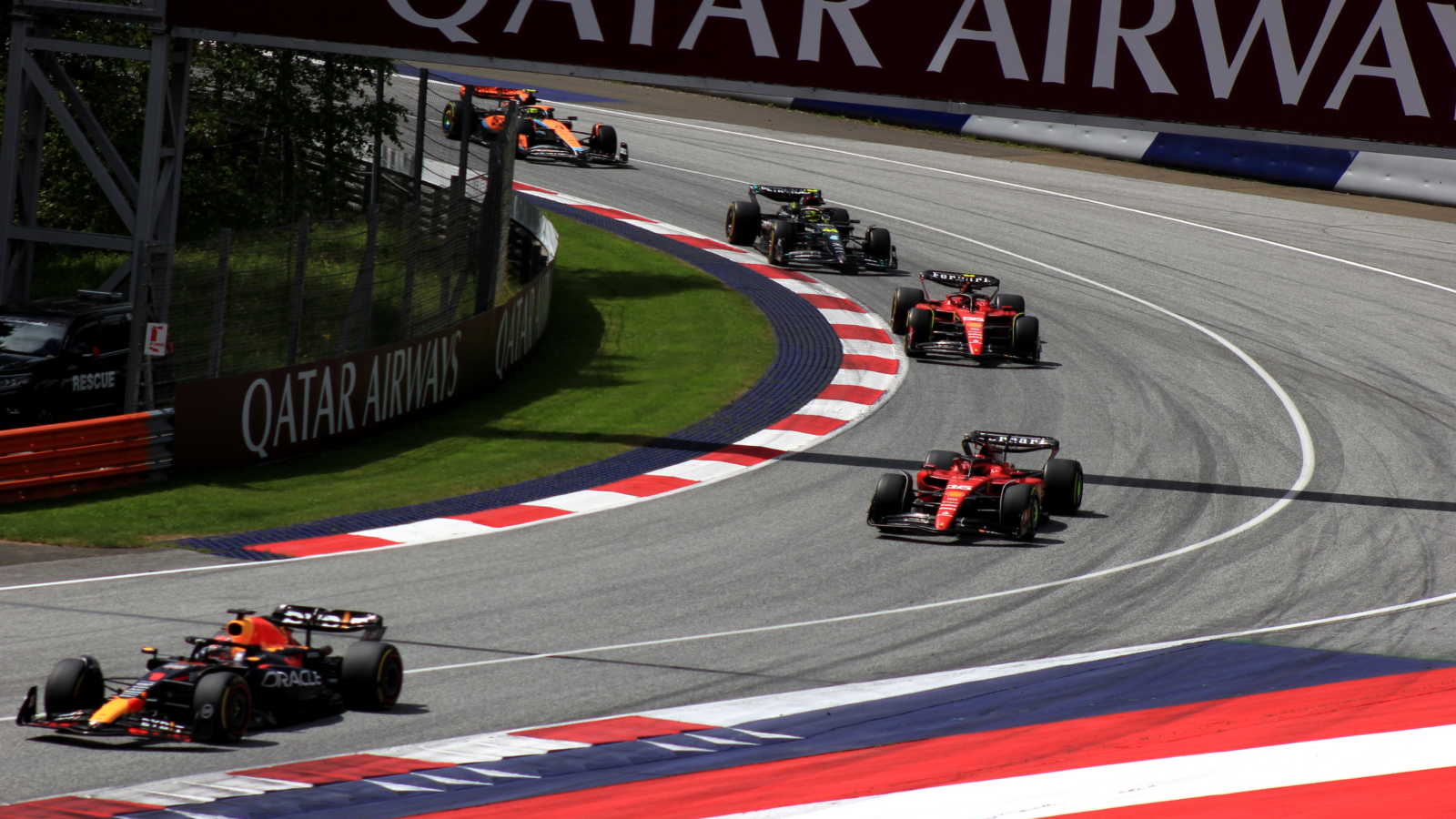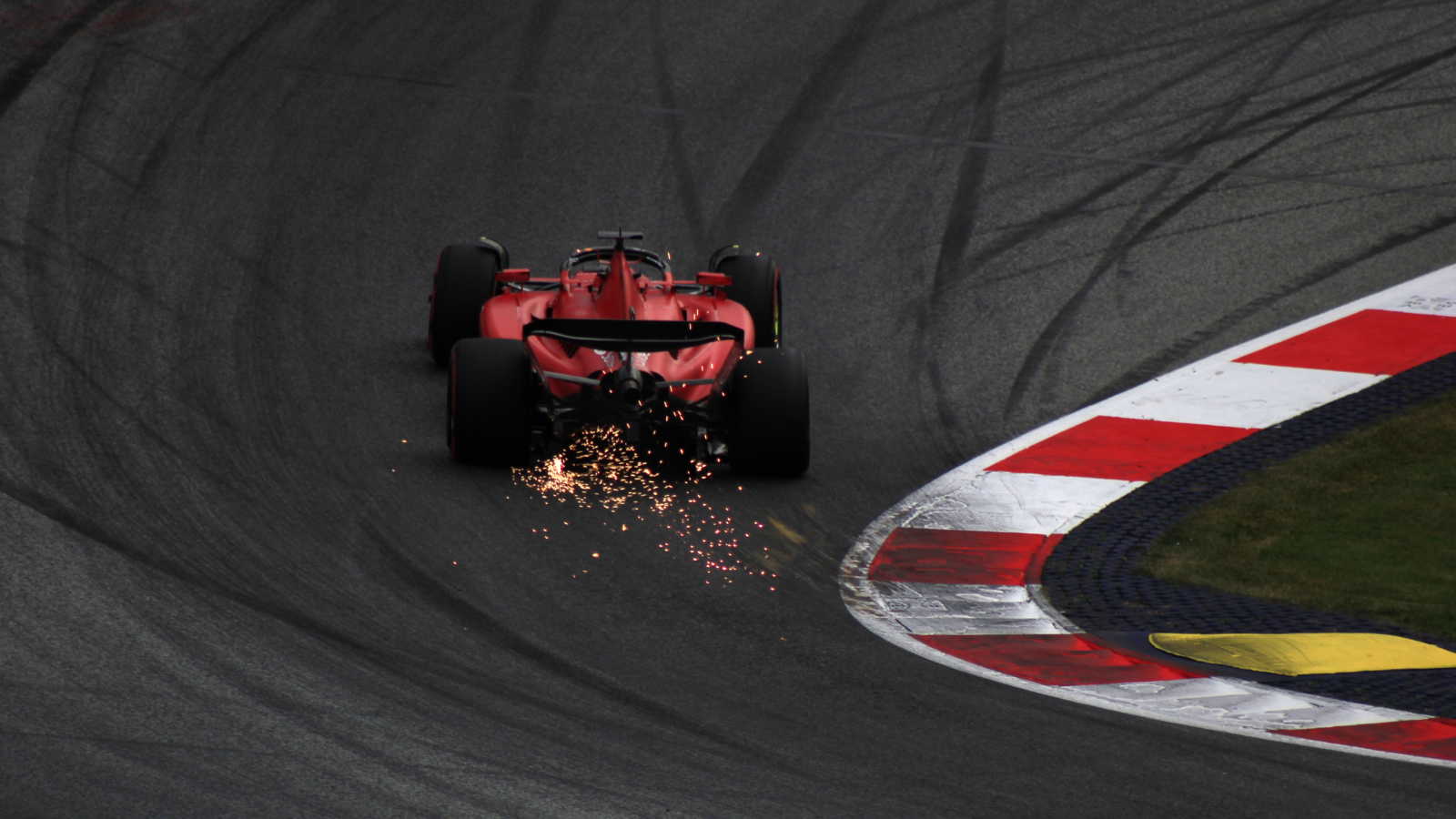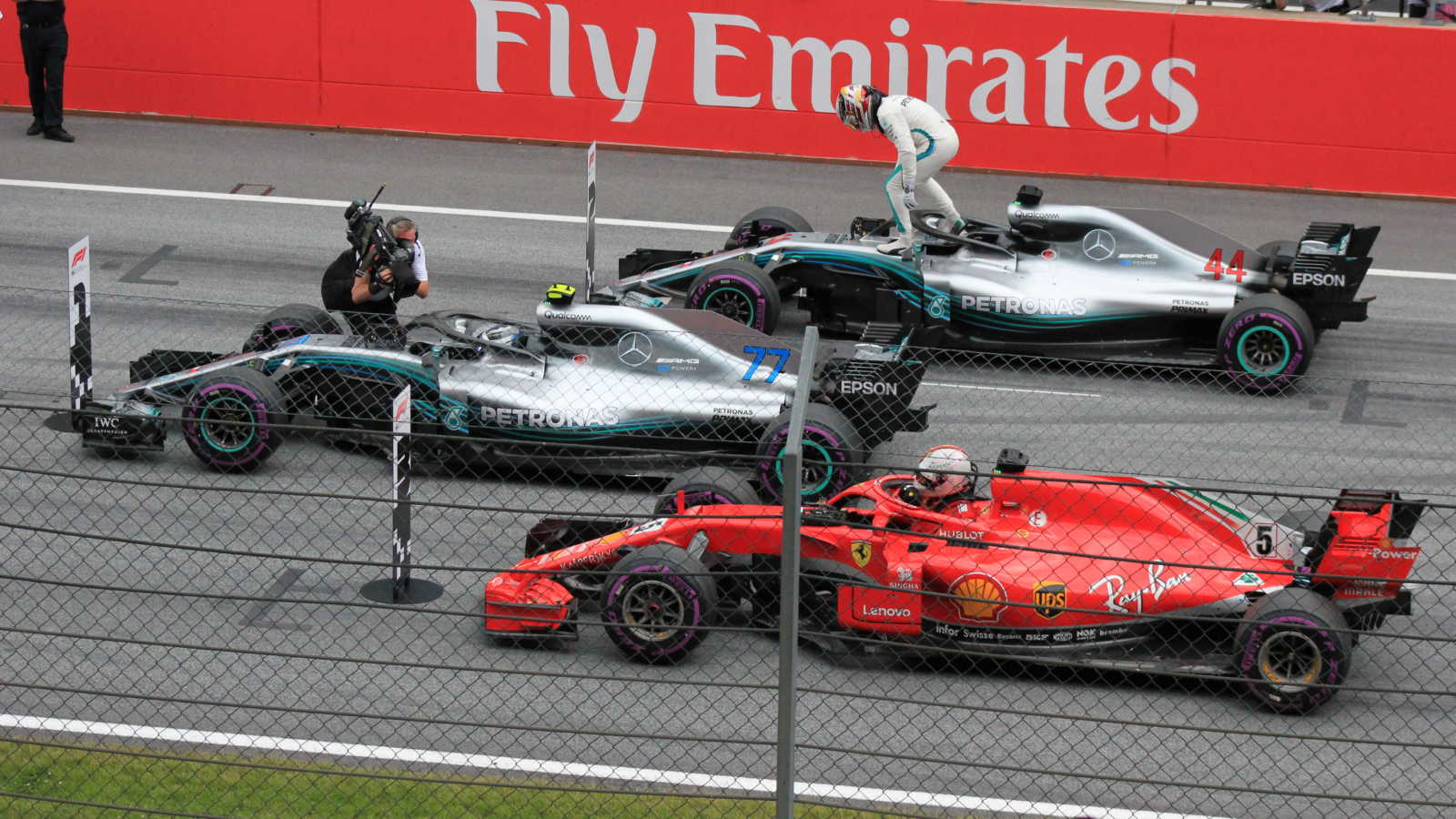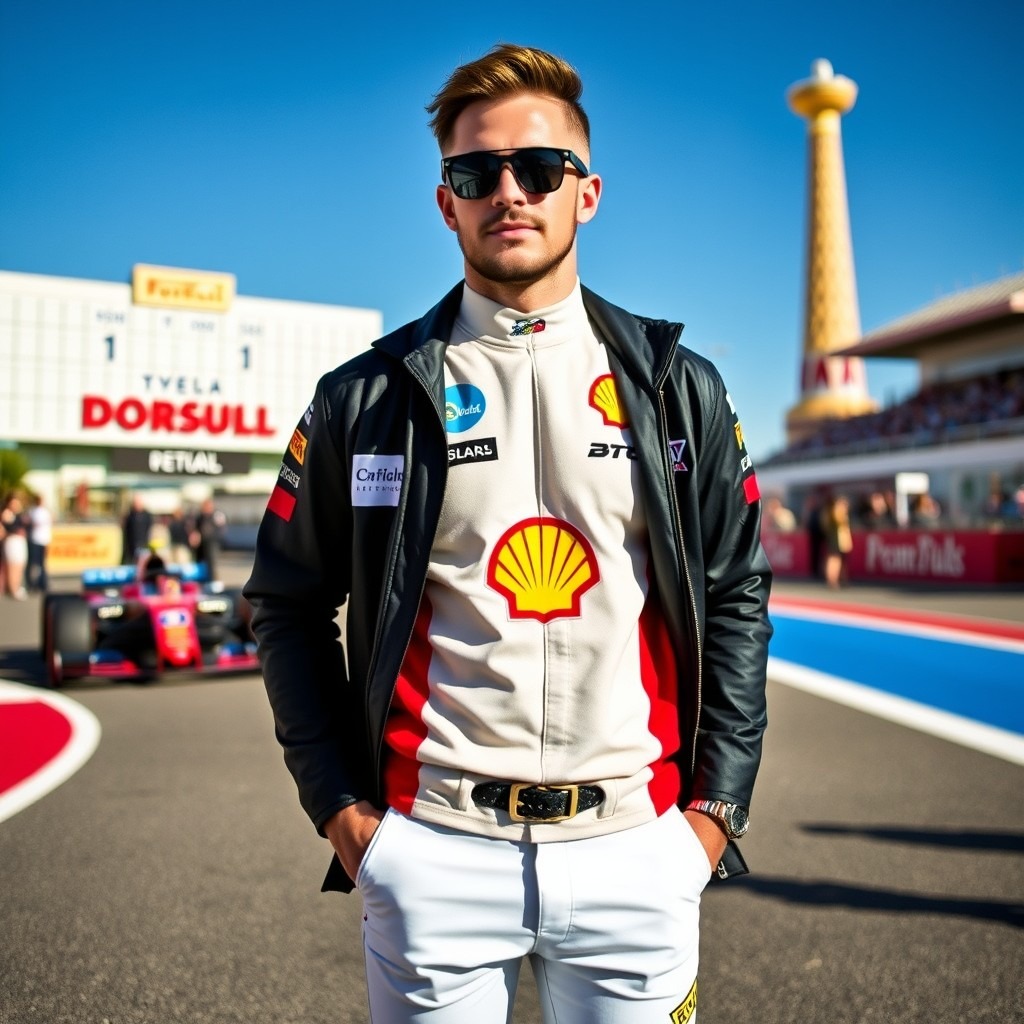The Formula 1 sprint. Yes, it has been the most controversial topic in F1 for the last three years because it has as many supporters as detractors in and out of the race. However, let’s leave the debates about how exciting the F1 sprint is or isn’t to the sports pundits and deal with meaningful things to fans and drivers. As an F1 devotee, this ‘mini-race’ is what I’m uncomfortable with, and that is why I think it needs to be changed.
Typically, my race weekend starts with practice sessions to pick possible winners and compare the gaps between leaders and mid and bottom-grid drivers. Since the qualifying, I started with predictions for the race and then watched the Grand Prix match my expectations.
What Does Change When Formula 1 Sprint Sets Its Place?
Everything.
It overburdened the weekend. I miss the logic chain.
The F1 sprint format is still under development, while qualification is what I have used to watch on Saturday for twenty years of Formula 1 experience. So, when it is the weekend with the sprint, I find myself confused between practices, qualifying, shootout, sprint race, and, finally, Grand Prix. What exactly do I need to watch, and when?
I like to think a lot about winners and losers during the weekend, but with the sprint, I can’t prioritize what is noteworthy and what is not, so I just missed out on qualifying for the sprint and the race.
F1 Sprint Complicates The Weekend
The weekend with the F1 sprint becomes lessening because its rules have been changed many times.
After the FIA Formula 1 stated the sprint was to be a separate event and wouldn’t affect the results, I was sure it was just the additional event.
So, when Max Verstappen became a three-time world champion in 2023 by winning the sprint race and scoring the coveted three points in Qatar, there was no limit to my surprise.
Where at that point I missed everything? Okay, I said myself, but did it mean he cheated the system?
Today, I should focus on two additional events – sprint shootout and race. However, Formula 1 is not my only passion. I also watch WRC, and often, two championships split my weekend between each other, causing it to be more complicated.
Furthermore, the F1 fan experiences become more difficult on the track. Previously, you had enough time to get acquainted with the new circuit, explore the track, fan zone, and different activities, planning business outside the track. You haven’t enough time during the sprint weekend. Walking for over 5 kilometers is not a quick task.
Furthermore, if you don’t go into details, tickets cost worthy more. Therefore, the F1 sprint makes the entire event better to watch on TV.
However, if you find my perspective unpopular, you need to know biased opinions are popular in the Paddocks club.

What is the paradox of the Formula 1 Sprint race?
The paradox of any sprint race in Formula 1 is the unjustified risk.
So when the first-ever F1 sprint took place at Silverstone in 2021, teams and drivers pointed out the unnecessary risk because it is too easy to damage the car and lose the chance to score good points.
Therefore, it is like a lottery, when drivers can lose more than win, like Sergio Perez at the Silverstone sprint and Piere Gaslly in Monza, who crashed their cars before the Grand Prix.
Furthermore, the F1 team engineers overworked to fix car damages.
Another key is unclear rules like Lewis Hamilton avoiding penalty after the first-corner collision in the Miami Sprint Race 2024.
However, if the Formula 1 sprint has more cons, why then there are drivers who support the idea?
Why do the drivers think about the F1 sprint?
Even though many drivers are unconvinced about their minds, you can find those who don’t stand by. Sergio Perez, George Russell, Pierre Gasly, and Oscar Piastri don’t like sprint races in Formula 1, while Fernand Alonso is the only one who opens feels: ‘These Sprint Races don’t mean much for 99% of the grid, there aren’t many points to score.‘
On the other side, drivers like Kevin Magnussen, Max Verstappen, and Charles Leclerc have fun racing in the sprint, but why? I think there are two explanations for that.
First, the first top-five drivers feel comfortable with sprint because the defeat in the ‘mini-race’ doesn’t play a significant role for them. Max Verstappen can recover fast while losing a few points doesn’t make sense. He is the dominant power.
However, the drivers from the bottom grid have different reasons. Thus, without big chances for points in the race, Haas and Williams drivers can score more than in a few races in just one sprint! Just think, Daniel Ricciardo gained 5 points in the Miami sprint race – his first in the season after 6 races!
So, it is a worthy action, but still, there is something wrong with Sprite. Okay, offer something, you may say, as cruising is a simple thing. No problem.
How to fix the Formula 1 sprint?
First of all, bring back the traditional Saturday qualifying. So the sprint has to take its Friday instead of the practice or not – it doesn’t matter.
The second is to change the points for the sprint because it is still a short race. It will be more valuable for the first five drivers to get from 5 to 1 point for the fifth position.
Alternatively, the points for the sprint could be removed and replaced with starting positions, so it would be a qualifying format again. It could be a worthy reason for the drivers to have more meaning to the event.
In this way, I think the sprint needs to be divided into two segments, where the drivers have to set their places relating to the last race finish positions.
The first segment will then form the starting grid, while the results of the second segment will determine the starting grid for Sunay’s race.

Concluding
The original idea of holding the F1 sprint as an additional exciting mini-race was perfect, but it needs to be improved. As for me, I’m stuck between two sides of the question: is the sprint a worthy serious event or not? To make the right decision, it needs to decide what the event’s purpose is – other than to give F1 fans more fun.
Because just making F1 more fun is not a good option for its traditional values, resulting in the weekend being more overloaded while the results are more predictable.
So, without a suitable place, clear rules, and a direct purpose related to the sport, the F1 sprint looks like quantity instead of quality.
What are your minds about Sprint Formula 1? How to make it better?
References and Helpful Resources
- Formula One ‘The beginner’s guide to the F1 Sprint‘ https://www.formula1.com/en/latest/article/the-beginners-guide-to-the-f1-sprint.55yJBEiF7vYkZEwSV9lZJ9 (February 7, 2024)
- RaceFans by Keith Collantine ‘Did Hamilton deserve a penalty for ‘kamikaze’ first-lap crash which angered Alonso?‘ https://www.racefans.net/2024/05/05/did-hamilton-deserve-penalty-for-kamikaze-first-lap-crash-which-angered-alonso/ (May 5, 2024)
- RACER by Chris Medland ‘Better not to race’ in Sprints – Alonso‘ https://racer.com/2024/04/23/better-not-to-race-in-sprints-alonso/ (April 23, 2024)
- Planet F1 by Sam Cooper ‘Three exciting ways to fix F1’s growing sprint race problem‘ https://www.planetf1.com/news/how-to-fix-f1-sprint-races (October 25, 2023)
- The Race by Glenn Freeman ‘F1’S FLAWED SPRINT CHANGE PROVES CRITICS RIGHT‘ https://www.the-race.com/formula-1/flawed-f1-sprint-change-proves-critics-right/ (April 17, 2024)



